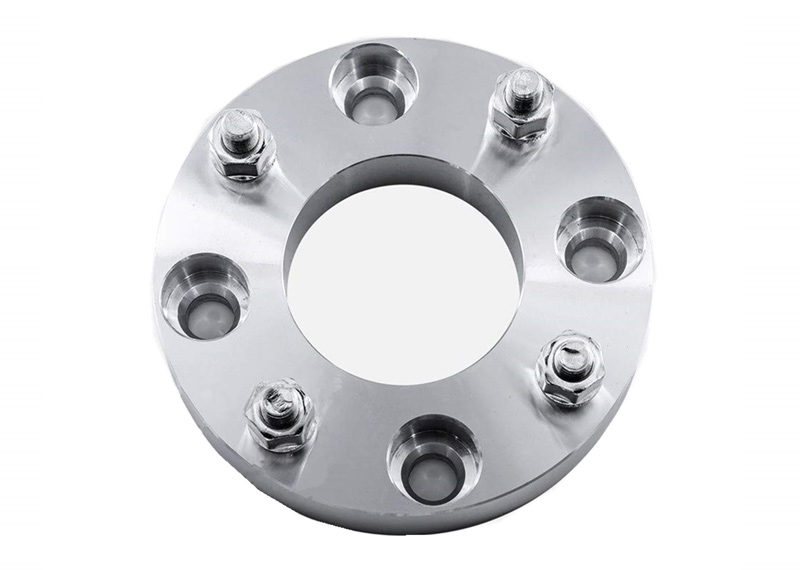Key Points of Car Suspension Elevation
Suspension elevation is the top priority of off-road vehicle modification. It can not only increase ground clearance and increase pass ability, but also improve the vibration filtering and handling performance of non-paved roads by replacing high-performance shock absorbers.
However, a blind elevation can be counterproductive. Generally, for most off-road vehicles, it is not the higher the suspension lift, the better. Blindly pursuing height will not only seriously affect the center of gravity and destroy the original vehicle chassis data, but will also inevitably compromise stability.
If you rely solely on shock absorbers and springs for higher lifting, a large change in the suspension geometry is likely to cause a series of components such as the original arm, half shaft, thrust rod, and connecting rod to fail to work properly. The wrong angle combined with the unbalanced force can cause the tires to be worn sideways and affect the control, and the body parts can be damaged or even dangerous. This is why off-road vehicles with independent suspension structures generally adopt a conservative 2-inch elevation scheme, otherwise more considerations are needed. If the leveling lifting kit is used, the off-road vehicle can be easily raised by 2.5 inches.
At the same time, for different off-road gameplay, different chassis tuning orientations should also be adopted. For example, the original suspension, which pays more attention to balance and stability, obviously cannot satisfy the radical desert players. In addition to high-performance shock absorbers, they also need larger suspension travel, wider wheelbase, optimized caster angle and even installation of double reduction.
The importance of suspension travel in off-road is needless to say. Its size is determined by many factors. For example, suspension structure, wheel base, fixed position of shock absorber, limit device and so on. Therefore, if you want to increase the travel distance, you can't just rely on replacing the elevated shock absorbers.
As for the change of the four-wheel alignment data caused by the rising of the vehicle, it is also possible that the original design redundancy is insufficient, resulting in the incorrect calibration.
In response to these problems, a corresponding leveling lift kit has been launched on the market instead of a single shock absorber product.












